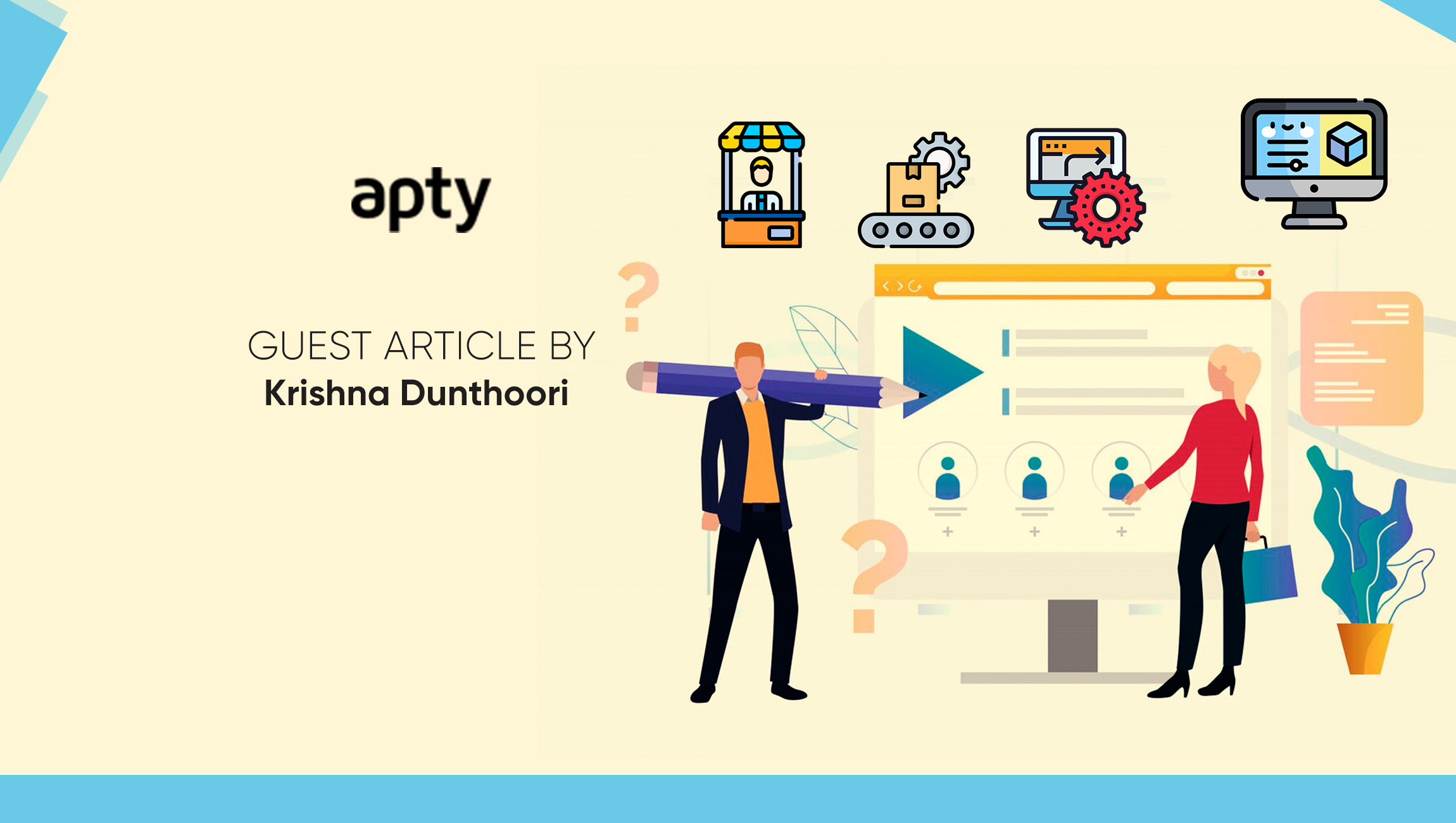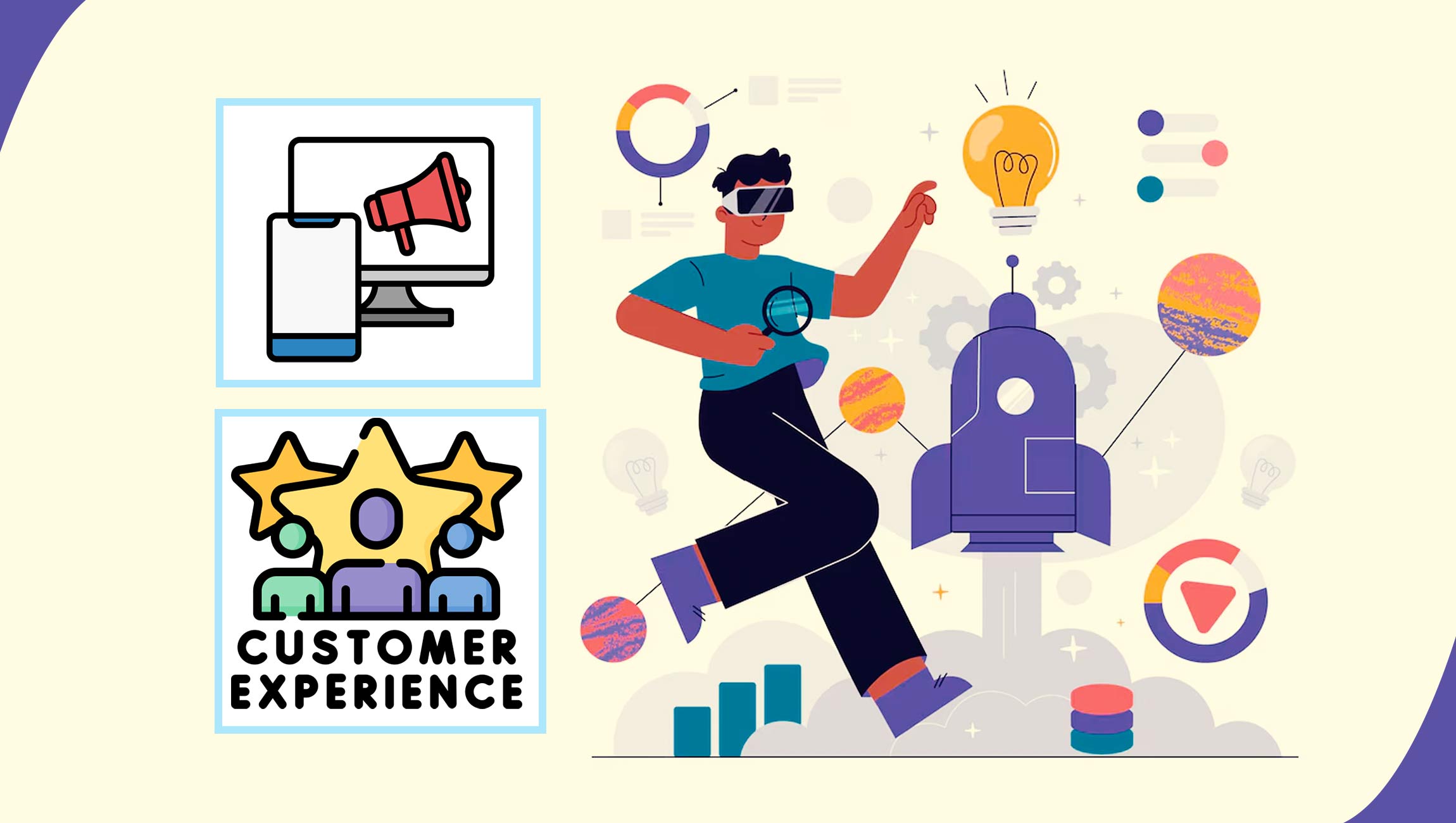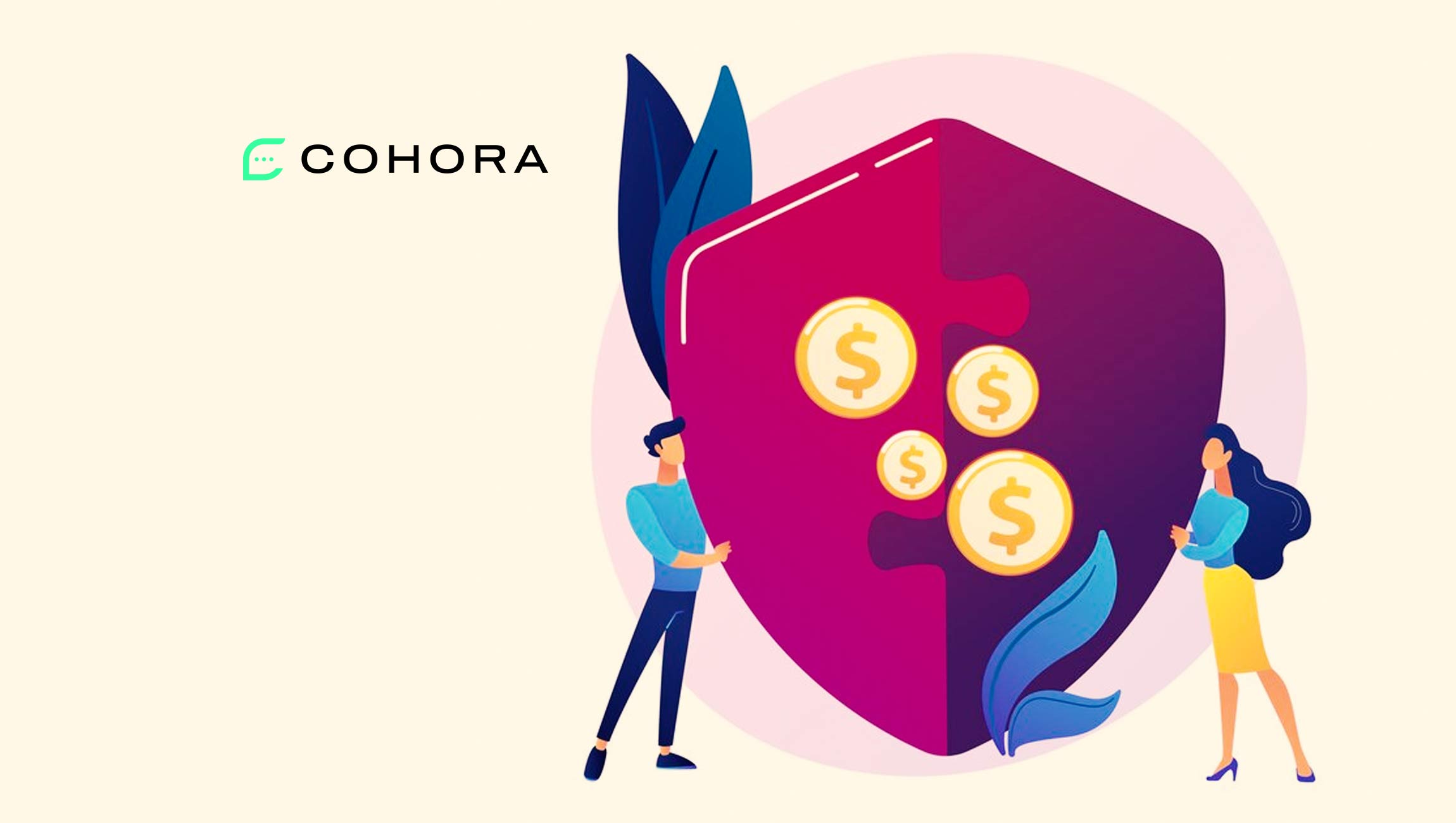According to the latest Gartner statistics, by 2026, approximately 70 percent of organizations will deploy digital adoption platforms (DAPs) as part of their technology stacks. Digital Adoption Platforms (DAPs) work as overlays on top of popular enterprise software (ERP, CRM and more), providing in-app training and contextual guidance to application end users, in order to help companies promote proper use and enhance end-user adoption of their enterprise applications.
DAPs work by delivering things like reminders, alerts, announcements and information bubbles within the app, precisely at the point of end-user friction and need. This eases the learning curve and overcomes the shortcomings of more traditional, one- or two-time static training sessions by making training and learning seamless and ubiquitous.
However, the harsh reality is that 78 percent of companies fail in their digital transformation initiatives, largely due to poor end-user adoption rates, and CRM systems are particularly vulnerable to this. As organizations increasingly adopt DAPs to lower this risk and maximize their enterprise software and CRM investments, DAPs’ profile is rising and these platforms are increasingly viewed as an M&A target for some of the largest, most prominent software industry players.
Marketing Technology News: MarTech Interview with David Rabin, CMO @ Lenovo SSG
However, are such unions between DAPs and leading enterprise software vendors really a good thing for the companies relying on DAPs? The answer is that there’s much to think about, including the following:
Who has the keys to my data when my DAP is acquired? Companies that use a newly acquired DAP and have it deeply integrated into their day-to-day business processes and workflows have a new concern to think about – the fact that their proprietary data is now being amassed, analyzed and leveraged by the potentially much larger acquiring entity. For example, the most used features, the most unused features, areas of particular friction within the app – all of this data that the DAP once collected and held will now be in the arms of a potentially much larger, more powerful and resourceful player.
The question these DAP-using companies need to ask themselves is, “Am I comfortable with this acquiring company now having carte blanche access to all the data that my DAP partner had previously collected? Data that could potentially be leveraged and incorporated to improve the acquiring company’s own products – that my competitors may use? Maybe you’re especially generous and liberal with your intellectual property and take no issue with your proprietary data being used this way. But maybe you’ve spent years honing and refining it and you’re not thrilled at the idea of it being mined and used by the acquiring vendor – especially if you don’t use the acquiring company’s products, but your biggest competitors do.
Stifled innovation – It’s not unusual for two things to happen after an acquisition – the acquired business’ employees either check out or get pushed out, and/or its products are sunsetted. It’s also not uncommon for newly acquired products to be backburnered when it comes to research and development priorities, or even downgraded to maintenance mode. For these reasons, it may not be far-fetched to believe or wonder if an acquired DAP’s best days may be behind it.
DAPs’ uptick in popularity has coincided with the wider software industry’s expansion into markets like AI and machine learning and the DAP industry overall is on the cusp of major advances in generative AI, moving from reactive to proactive features. For example, reactive DAPs may offer static tooltips, out of the box templates when users request them, and basic user analytics. Proactive DAPs, on the other hand, provide intelligent, contextual insights when they are needed, predict future issues and eventually generate predictive algorithms from learned user behaviors that prevent mistakes and suggest solutions. Few DAP vendors are yet doing this to the full potential, but this is where the DAP industry is headed and companies investing in DAPs will want to make sure they’re at the forefront of these cutting-edge advances.
What Does This Mean for the Rest of Our Application Portfolio?
Let’s say a newly acquired DAP indicates they will continue to support applications that don’t belong to the acquiring company. One has to ask – assuming the acquiring company is going to emphasize research and development for the acquired DAP at all, where will they place the majority of their focus? Will they focus on enhancing the acquiring company’s enterprise software, or competitive software products? Given that many organizations have more than one CRM in place, what does this mean for any other CRM software and applications that a company may have in their application landscape?
Will Your Relationship with Your Chosen DAP Partner Change?
Furthermore, companies using DAPs may be accustomed to a certain high level of service, from a formerly independent partner dedicated to helping them meet their digital adoption goals. If a company’s DAP partner is suddenly acquired, how might this relationship change? Will the company suddenly become a small fish in a much bigger pond?
If recent headlines are a sign of things to come between leading ERPs and DAPs, companies relying on DAPs, particularly to support CRM applications, have a lot to consider. However, regardless of ther market dynamics, you need to carefully consider your DAP relationships – specifically, how they treat your meticulously honed proprietary data; and their commitment to future innovations, cross-platform excellence and consistently exceptional customer support.
Marketing Technology News: The AI Buzz: Separating Hype from Reality











